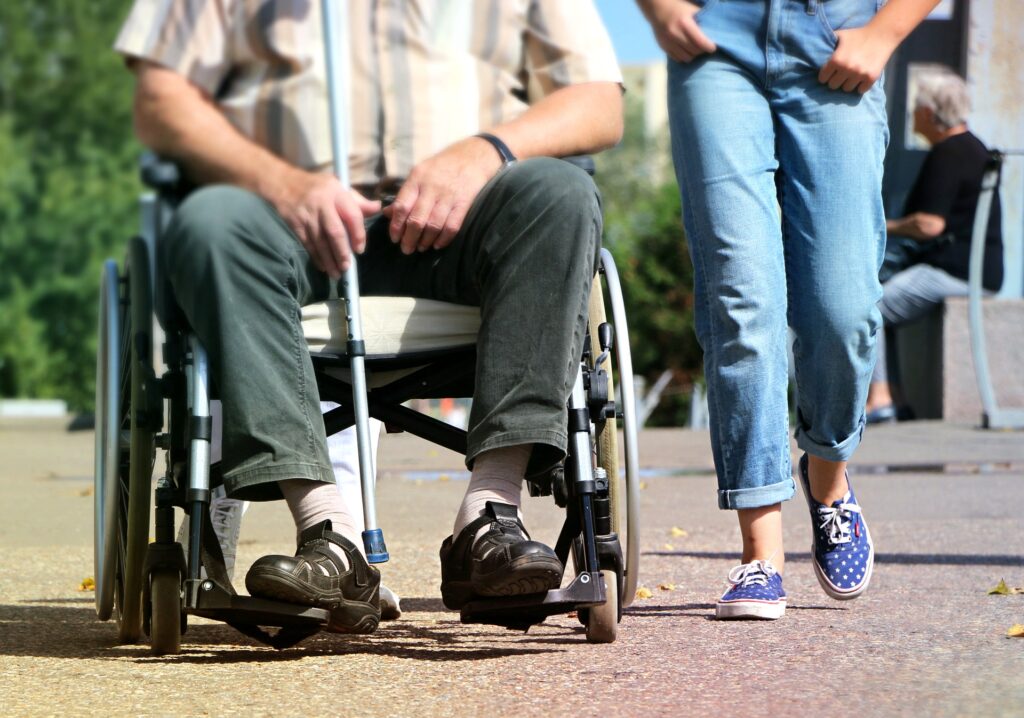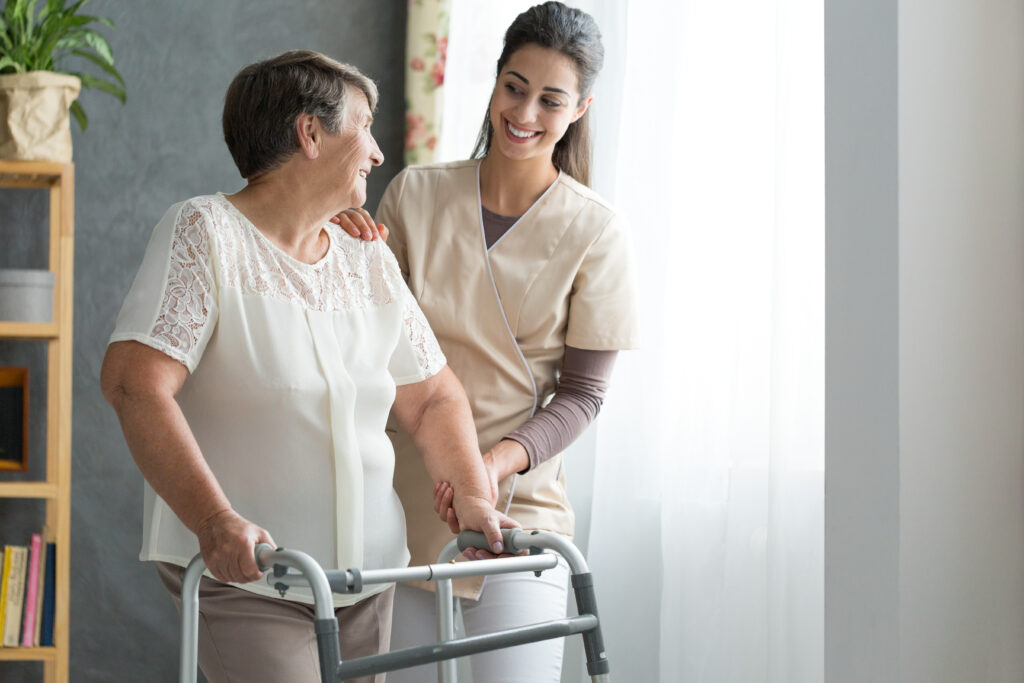 Nine attorneys at Brown Chiari LLP were selected as Super Lawyers for 2019. Super Lawyers is a rating service of exceptional lawyers in over 70 practice areas. In each state, only 2.5% of attorneys are selected as Rising Stars, and 5% of attorneys are selected as Super Lawyers.
Nine attorneys at Brown Chiari LLP were selected as Super Lawyers for 2019. Super Lawyers is a rating service of exceptional lawyers in over 70 practice areas. In each state, only 2.5% of attorneys are selected as Rising Stars, and 5% of attorneys are selected as Super Lawyers.
Through a patented multiphase selection process, each candidate is evaluated on 12 indicators of peer recognition and professional achievement. The objective is to create a credible, comprehensive and diverse listing of outstanding attorneys that can be used as a resource for attorneys and consumers searching for legal counsel.
The following Brown Chiari attorneys were selected for this year’s Super Lawyers:
● Donald P. Chiari, Personal Injury – General
● James E. Brown, Personal Injury – General
● Colleen Fahey, Personal Injury – Medical Malpractice, Civil Litigation
● Michael C. Lancer, Personal Injury – General
● James M. Mucklewee, Personal Injury, Medical Malpractice, Personal Injury – General, Personal Injury – Products
● David W. Olson, Personal Injury – General
● Michael C. Scinta, Personal Injury – General
Rising Stars:
● Angelo Gambino, Personal Injury – Medical Malpractice, Personal Injury – General, Personal Injury – Products
● Andrea Conjerti, Personal Injury – General, Health Care
Brown Chiari is very proud of the team’s dedication, ambition, and professionalism.










